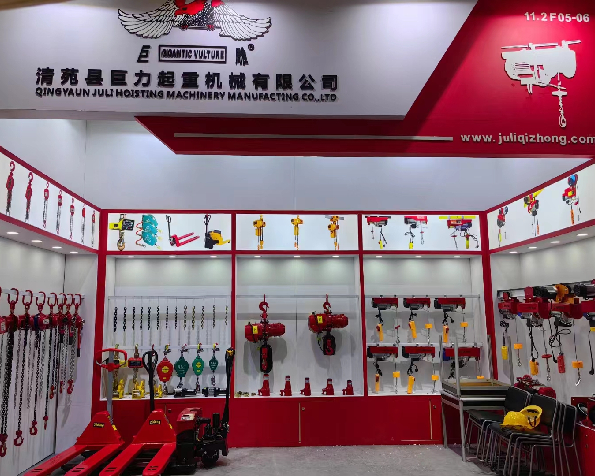


A pallet jack, also known as a pallet truck or hand pallet truck, is an essential piece of equipment used in warehouses, loading docks, and various industrial settings for transporting heavy loads. It is specifically designed to lift and move pallets, which are flat structures made of wood, plastic, or metal that support goods stacked on them. The efficiency and effectiveness of pallet jacks make them an indispensable tool in supply chain management, allowing for quicker and safer handling of goods.
Structure and Functionality
A typical pallet jack consists of a frame, two forks, a hydraulic lifting mechanism, and a set of wheels. The forks are the prongs that slide under the pallet, allowing the unit to lift and transport items. The hydraulic mechanism uses a pump that, when operated, raises the forks off the ground. Most pallet jacks can lift loads to a height of about 5 to 7 inches, enabling them to maneuver in tight spaces while still achieving enough elevation to transport goods.
Types of Pallet Jacks
Pallet jacks come in various types to address different needs. The most common type is the manual pallet jack, which requires the operator to pump a handle to lift the load. Although it requires some physical effort, it is a cost-effective solution for smaller operations.
Electric pallet jacks, on the other hand, feature an electric motor that assists in lifting and moving loads, making them ideal for environments where heavy lifting is frequent or where there’s a need for speed and efficiency. These electric models can be walk-behind or ride-on, depending on the design and weight capacity needed.
Additionally, there are specialized pallet jacks designed for specific applications, such as pallet jacks with scale capabilities for weighing loads during transport, and high-lift pallet jacks for lifting pallets to greater heights.

Benefits of Using a Pallet Jack
Utilizing pallet jacks in warehouses or distribution centers offers several advantages. Firstly, they significantly improve workplace efficiency by reducing the time and effort required to move goods. Pallet jacks are designed for maneuverability in tight spaces, which is crucial in crowded environments where space is at a premium.
Moreover, they enhance worker safety. Lifting heavy items manually can lead to injuries and accidents. Pallet jacks lift heavy loads off the ground, minimizing the risk of strain or injury. By distributing the weight evenly over the wheels, they also reduce the chance of tipping or accidents while moving.
Additionally, pallet jacks are versatile tools that can assist in various tasks, such as loading and unloading trucks, moving goods within a warehouse, and rearranging products. Their ease of use means that employees can quickly become proficient with them, leading to increased productivity.
Maintenance and Safety Considerations
While pallet jacks are generally straightforward to use, safety and maintenance are paramount. Regular inspections are necessary to ensure that the hydraulic mechanisms, wheels, and forks are functioning properly. Operators should be trained in safe handling practices to prevent accidents from improper use or overloading the truck.
In conclusion, pallet jacks are fundamental in modern logistics and warehousing. Their simple yet effective design allows for efficient movement of goods, enhancing productivity and safety across various industries. As businesses strive for more efficient and safer operations, the pallid jack maintains its status as a reliable tool in handling cargo and improving workflow.



